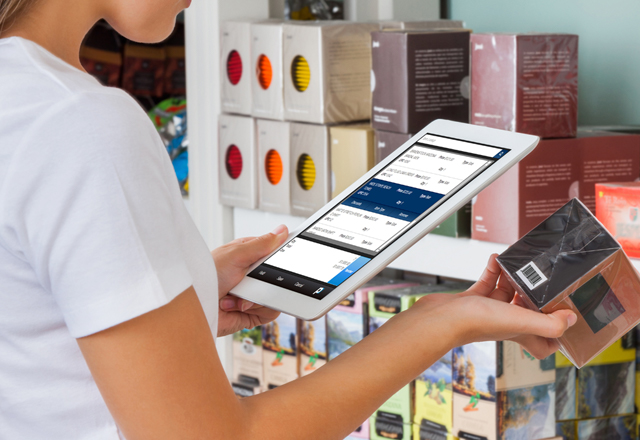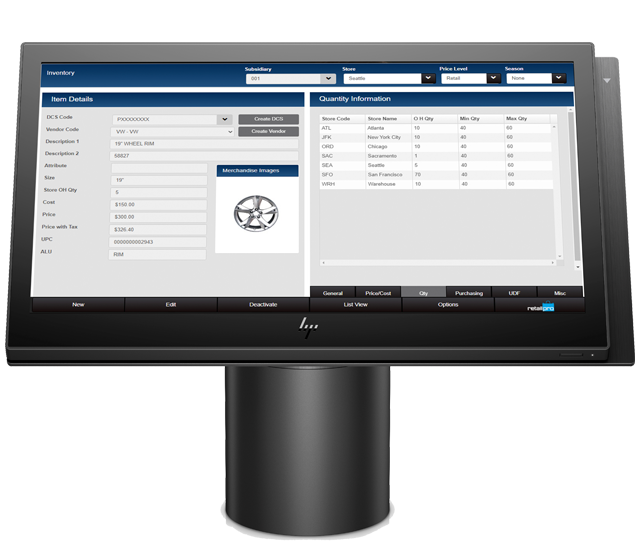
A successful omnichannel strategy depends upon having accurate inventory and timely order fulfillment.
Because retailers are fielding orders from different sources – including online purchases with home delivery, online purchase with an in-store pickup (“click and collect”) and in-store purchases — keeping track of those sales and inventory is mission critical.
Omnichannel inventory management helps the customer make purchases confidently

Robust inventory management provides the means to get the correct products to customers quickly and efficiently.
Omnichannel inventory management is integrated across all sales channels, offering clear data visibility to retailers, as well as stock information to customers. It’s often coupled with smart warehousing, which automates back-end decisions and tasks, improving employee efficiency.
Omnichannel inventory management ensures that customers who want to use different devices and buy through various platforms are able to do so successfully. Omnichannel is a unified process in which each platform communicates with another, creating a seamless whole.
While multichannel retailers sell using many platforms, most of them are unintegrated. Store and online inventory management must be integrated with your other systems, including order and CRM software.
By integrating the inventory management systems, retailers have improved data visibility. All data on sales, suppliers, returns are in one centralized location.
When orders are placed – in any channel – stock is updated in real-time. Therefore, all employees, from the inventory picker to the store manager to the customer checking online supply, can be confident in the data they access, even if the orders were placed in a different country or channel.
RFID innovates, making taking inventory fast

Despite the heavy-hitting technology omnichannel retailers rely on today to conduct their daily business, physical inventory counts continue to be invaluable.
Such counts verify inventory and ensure there are no variances caused by overages or shrinkage, for instance.
However, this activity doesn’t have to be manual. RFID technology can help speed up inventory counts while providing workflow automation.
An RFID tag is placed on stock and read with a handheld device. RFID can scan or “read” many items at once and doesn’t require line of sight.
Products or pallets can be quickly read without positioning the tag directly in front of the reader, a big advantage in warehouses or other dense environments.
How RFID further empowers omnichannel operations

Keeping inventory counts accurate requires the integration of in-store POS that reflects the actual count on the floor, which is reflected in online data.
Although back-end technology is important to maintain accuracy, inventory is a customer-driven aspect of business.
Improving practices and systems assists retailers to meet more customers’ expectations, increase satisfaction and retain more customers.
Tailoring an omnichannel inventory management system to focus on customers helps retailers reap the benefits of having a loyal, satisfied customer base.







































